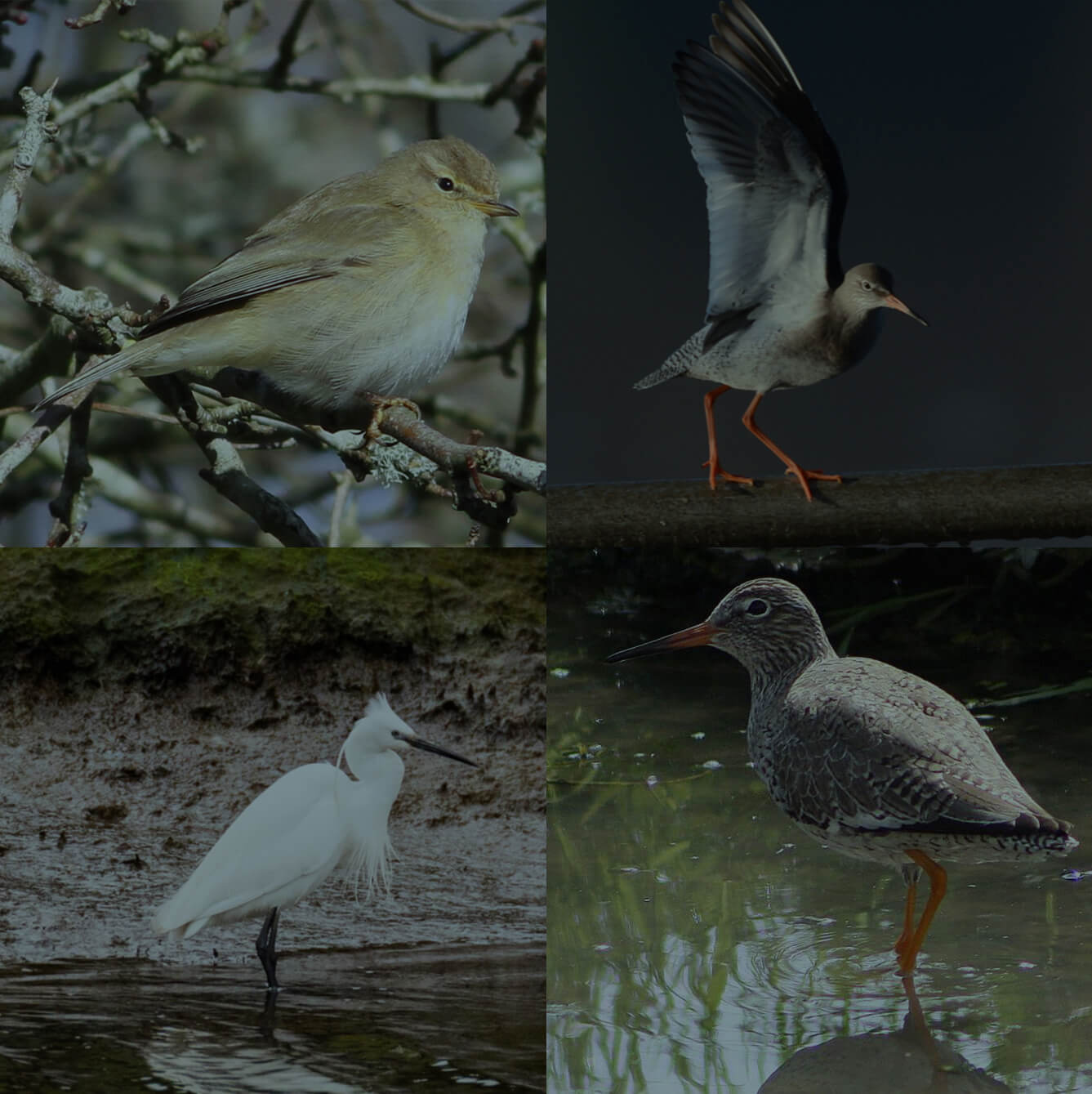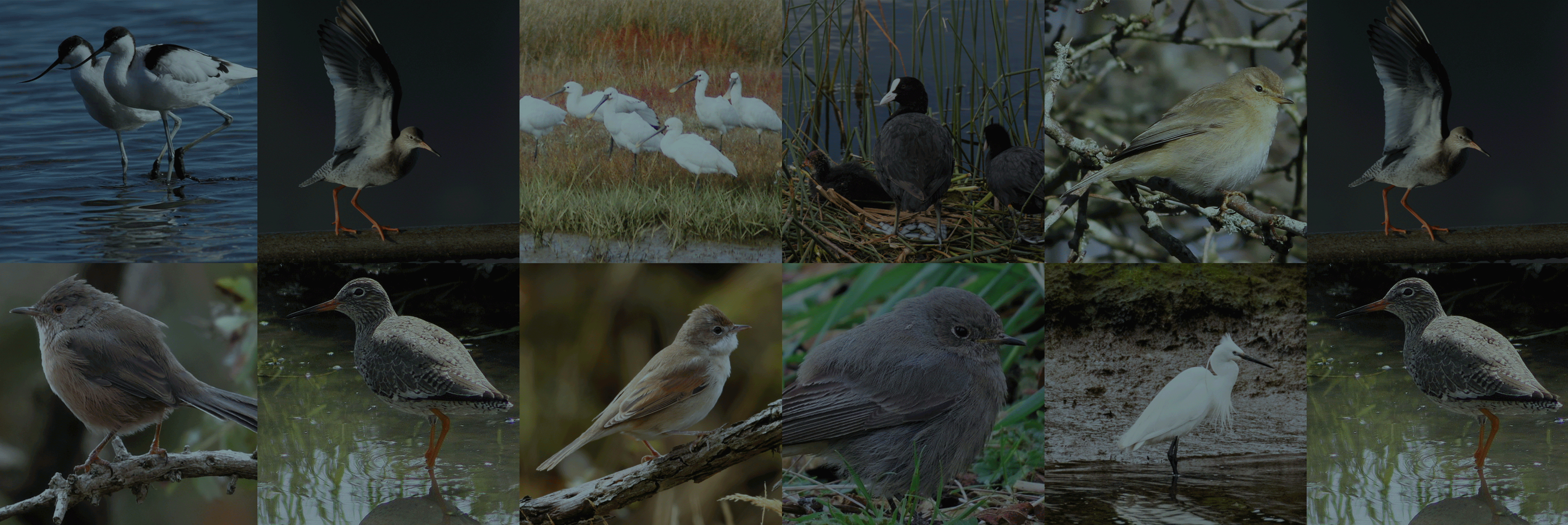What started off as a blanket of thick fog covering the harbour, eventually gave way to a stunning late summers day. The only draw back was that the first Poole Harbour WeBS (Wetland birds Survey) count of the winter was due to start at 9am, which the think fog hampered for about 45 minutes but eventually cleared. Highlights included a Great White Egret in Brands Bay and then another (or the same) viewed from the Wytch Causeway. At Lytchett Fields the Wood and Curlew Sandpiper remained also there 635 Teal, 313 Redshank, 4 Knot, 5 Green Sandpiper, 1 Ringed Plover, 1 Kingfisher and 22 Little Egret. There’s certainly no shortage of Little Egret at the moment with 36 counted from the Shipstal Hide at Arne and many others around the harbour too. 23 Spoonbill were seen near Wytch and then flew towards Arne. 3 Lesser Redpoll passed over Shipstal Point. There were masses of Hirundines, mainly Swallow taking advantage of the warm weather and presumed abundance of flying insects. A scan across any skyline would result on hundreds (likely) thousands of birds all busily feeding. Other than that wildfowl numbers are slowly increasing as Teal and Wigeon can now be seen at most of the usual haunts and the lone Brent Goose was again at Shore Road. A Whinchat was on Hartland Moor
Between now November, vis-mig (visible migration) can be encountered at several coastal spots along the harbour such as Ballard Down and South Haven. This movement occurs every year and involves species such as wagtails, finches, pipits, larks and hirundines. Durlston CP is one of the best places in the country to experience this, but many of the birds that pass over Durlston then come and pass over the harbour (especially in a NE wind). Identifying these birds by sight is almost impossible as they pass over-head, often in large flocks so the only other way to identify them is by sound. Over the next few weeks we’ll be posting sound recordings on this blog of some of the species you can see and hear pass over-head during the vis-mig season, which will hopefully help you be able to identify them on your own out in the field.
We’ll start with some easy ones. Meadow Pipits pass in big numbers every autumn and have a distinctive high-pitched call which they make continously as they fly over.
Meadow Pipit – Flight calls of a flock of 20+ passing over Ballard Down on 19/09/15
Another good one to try and pick out is Grey Wagtail. These also move in reasonable numbers through out the autumn and have a distinctive double note call as they pass over-head. Grey Wagtail will migrate either individually, in two’s, threes or sometime’s in larger groups.
Grey Wagtail – Flight calls of a migrant passing over Ballard Down on 19/09/15
You might also like...
Harbour Update – posted 26/07/24
It was good to get that dank, yucky murk out of the way, which allowed for some new…
Find out moreHarbour Update – posted 25/07/24
You should never right off a good days birding because of the weather, because you just never know….
Find out moreCall 01202 641 003
© 2024 Birds of Poole Harbour Registered Charity No. 1152615


